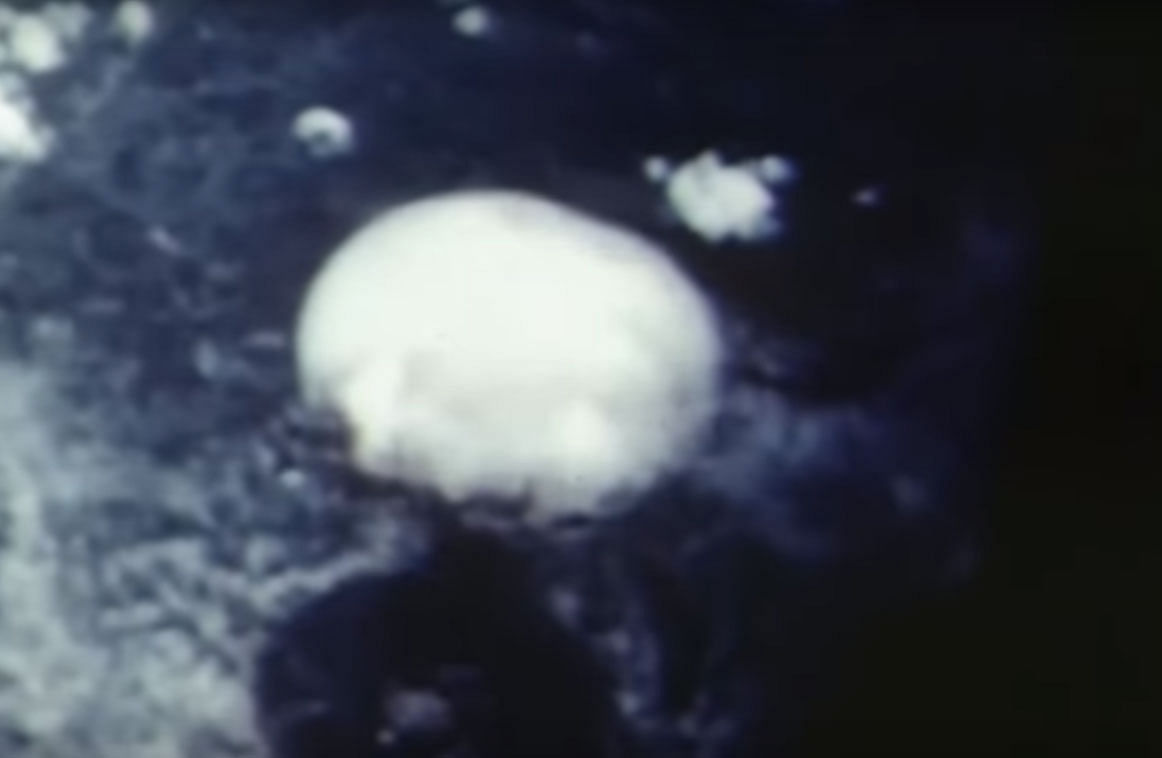
On this day in 1945, the Americans dropped their second nuclear device - part of the result of the Manhattan Project headed by Robert Oppenheimer - from the sky on Nagasaki, just three days after Hiroshima suffered the same fate.
Japan, which insisted on continuing the war even after Hiroshima was destroyed, was quickly forced to surrender amid fears of further nuclear attacks. Ironically, Nagasaki was not the initial target.
The team handling the targeting zeroed in on three Japanese cities.
The first was Hiroshima. The crew of the "Enola Gay", an American B-29 bomber, headed out of the Marinara Islands to Hiroshima, a distance of around 2,500 km, carrying with it the "Little Boy": a nuclear bomb with a uranium core and an estimated yield of 15 kilotonnes.
Dropped from a height of 9,700 metres, the bomb made short work of the bustling city, reducing buildings, streets and people to ashes, leaving behind a cloud of death and disease in the form of radioactivity. It is estimated that over 1,00,000 people died, including the Japanese soldiers stationed in the city.
The second targeting was complicated. While Hiroshima was a clear target, Nagasaki was not. The original target of "Fat Man", a plutonium bomb with an estimated yield of 21 kilotonnes, was originally meant to be dropped on the castle city of Kokura on August 11, 4 days after the Hiroshima bombing, as the Japanese reeled under the effect of hellish firepower and pressure from the US and the erstwhile Soviet Union to surrender.
However, the target was changed to Nagasaki due to weather conditions. The weather department had forecast storms around Kokura on the 11th, forcing the team to advance the test by two days. Undeterred, the weapons' developers delivered the device successfully and the "Brockscar" left for Kokura, while "Enola Gay", the Hiroshima bomber, was assigned to weather duty over the city.
The mission was wrought with complications. The Brockscar had an error with the fuselage pump, rendering the reserve tank unusable. The fact that the "Fat Man" was already armed at the time, made moving it to a different bomber impossible.
Once the "Brockscar" left after a 30-minute delay, there were more complications. Unlike Hiroshima, Nagasaki was not set aside for nuclear testing, and as such, had been subjected to Allied air assault. In addition, coal tar was being burnt in the city, creating a black smoke and making visual confirmation of targeting difficult.
With precious fuel being burnt and Japanese air defence closing in, the "Brockscar" decided to head to Nagasaki, the secondary target.
Upon arrival, the "Brockscar" found itself facing another conundrum: Nagasaki was under cloud cover and the Japanese had already sounded an alarm upon seeing two B29s, though that was clarified under the belief that those bombers were merely recon crafts.
The crew then decided to dispose of the bomb in the ocean if the Nagasaki situation was not favourable. However, a break in the clouds spelt good luck for the Americans and doom for the Japanese as the "Fat Man" was dropped following a visual confirmation of the target.
The fallout in Nagasaki was bigger than in Hiroshima owing to the more powerful bomb, but the fact that the bomb was confined to the Urakami Valley, reduced the damage. Nearly 80,000 people died, taking the total death toll to over 2,00,000.
The then Japanese Emperor Hirohito informed the imperial family of his decision to surrender to the Allied forces shortly after the Nagasaki bombing but said that if the national sovereignty of Japan was not preserved, the country would continue the war.
The decision led to an attempted coup on August 14, which was promptly crushed overnight, and the emperor announced the country's surrender on national radio the next morning.
And thus ended World War II, the biggest global conflict known to man, which claimed nearly 70-85 million lives.